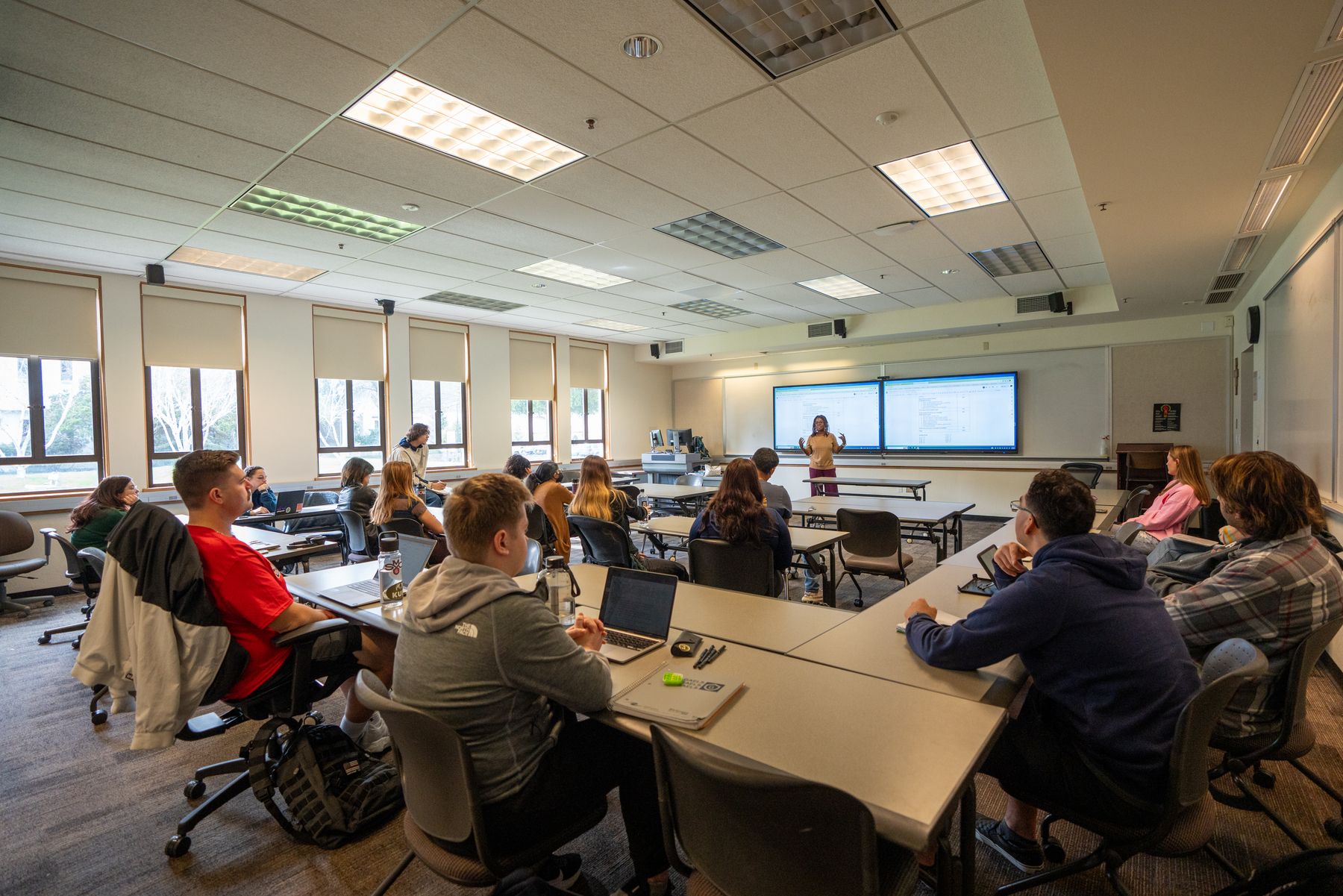
Professional Development is Sustained Over Time
When professional development is sustained over time, it means that teachers engage in recurring workshops, coaching sessions, or online platforms. The traditional approach to professional development is episodic and fragmented and does not have adequate time necessary for learning that is “rigorous” and “cumulative” (Knapp, 2003). Professional development that is sustained offers multiple opportunities for teachers to engage in learning around a single set of concepts or practices and has a greater chance of transforming teaching practices and student learning.
Studies show that effective professional development that has a positive impact includes teacher participation in an initial, intensive workshop, followed by the application of learning in the classroom. Additional professional development days or coaching sessions that extend and reinforce the teacher’s learning are beneficial (Allen, et al., 2013). One advantage of this model may be the opportunity for teachers to continue their learning outside the formal meetings of the program, whether in their classrooms, in collaboration with colleagues, or through other informal means.
As Darling-Hammond et al. (2009) explain, the duration of professional development appears to be associated with a stronger impact on teachers’ and students’ learning. These sustained efforts often include applications to practice and are supported by study groups and/or coaching. These opportunities assist teachers in designing interactions between children and teachers in which teachers purposefully challenge, scaffold, and extend children’s skills (Pianta et al., 2003). Teachers then have the opportunity to refine and apply their understanding of the material in their classrooms. Professional development that is sustained leads to many more hours of learning than is indicated by the schedule. This provides time for teachers to develop executive control of the new learning which subsequently becomes part of the teacher's repertoire.
We work in both English and Spanish in the Project CLEAR coaching model. We invite you to visit a class and watch both the teaching and the coaching in action. Classes are offered in-person and virtually across the state. Further information about Project CLEAR can be found at (www.sdcoe.net/project-clear). Training is available for coaches and teachers who work in English and/or Spanish languages.
References:
Allen, J. P., Hafen, C. A., Gregory, A. C., Mikami, A. Y., & Pianta, R. (2015). Enhancing secondary school instruction and student achievement: Replication and extension of the My Teaching Partner-Secondary intervention. Journal of Research on Educational Effectiveness, 8(4), 475–489.
Darling-Hammond, L., Hyler, M. E., Gardner, M. (2017). Effective Teacher Professional Development. Palo Alto, CA: Learning Policy Institute.
Darling-Hammond, L., Wei, R. C., Andree, A., Richardson, N., & Orphanos, S. (2009). Professional learning in the learning profession, 9. Washington, DC: National Staff Development Council.
Knapp, M. S. (2003). Professional development as policy pathway. Review of Research in Education, 27(1), 109–157.
Pianta, R. C., Hamre, B., & Stuhlman, M. (2003). Relationships between teachers and children. In W. M. Reynolds & G. E. Miller (Eds.), Handbook of psychology: Educational psychology, Vol. 7, pp. 199–234). John Wiley & Sons, Inc. https://doi.org/10.1002/0471264385.wei0710